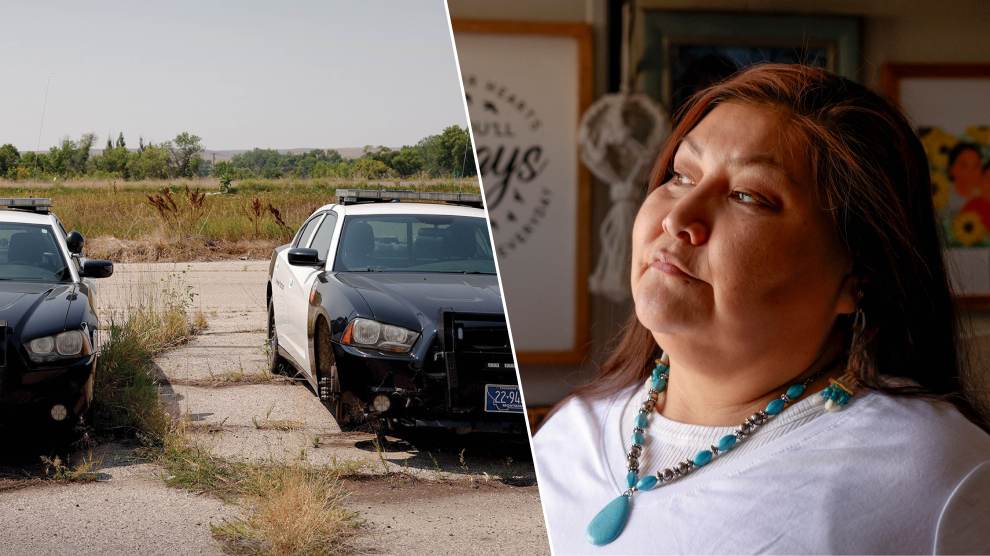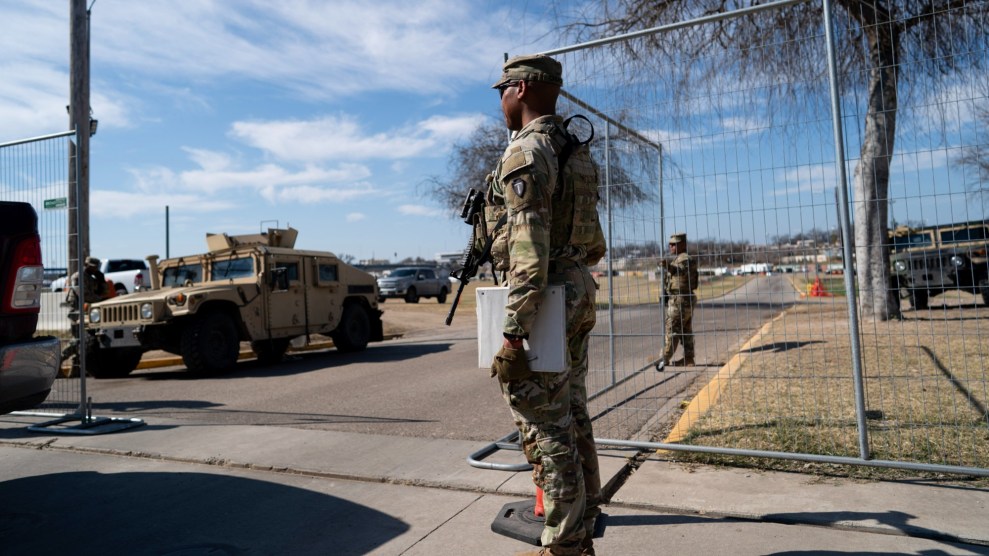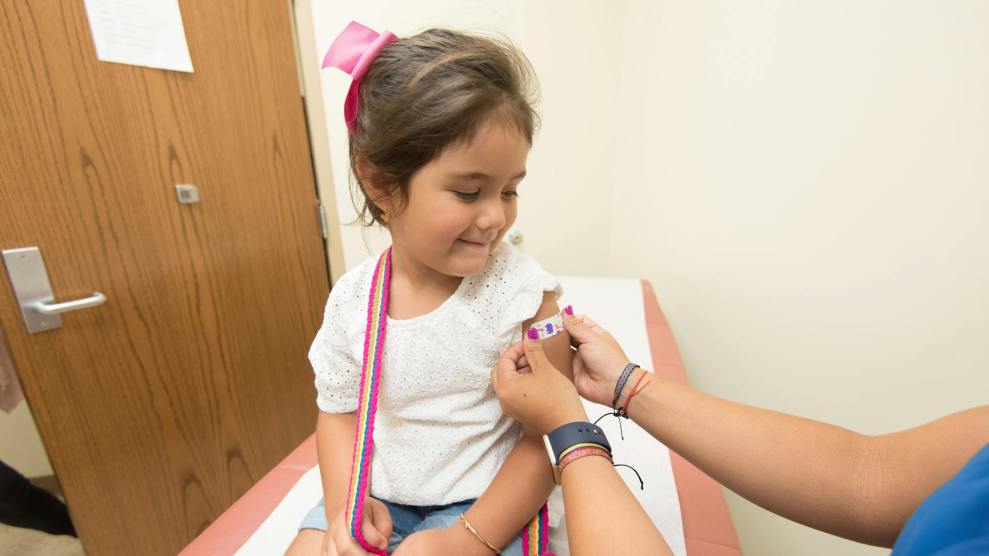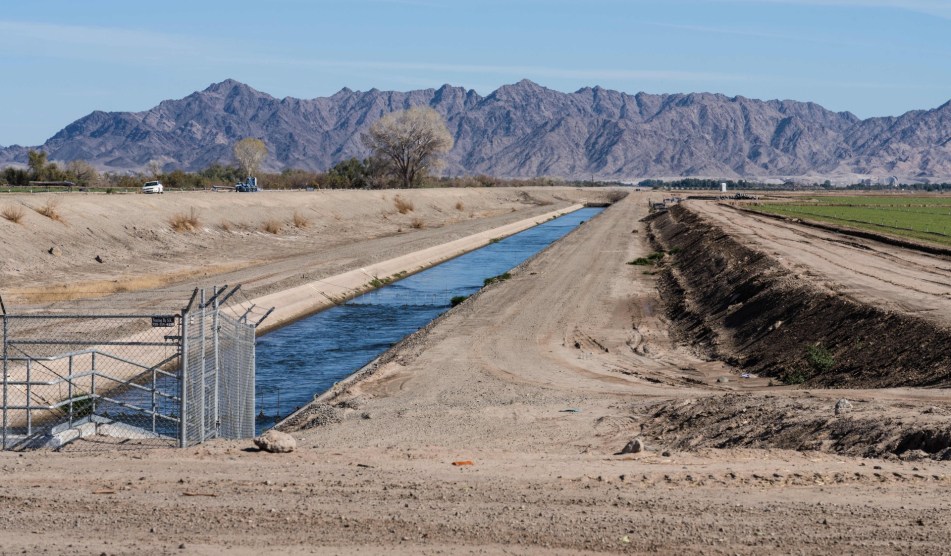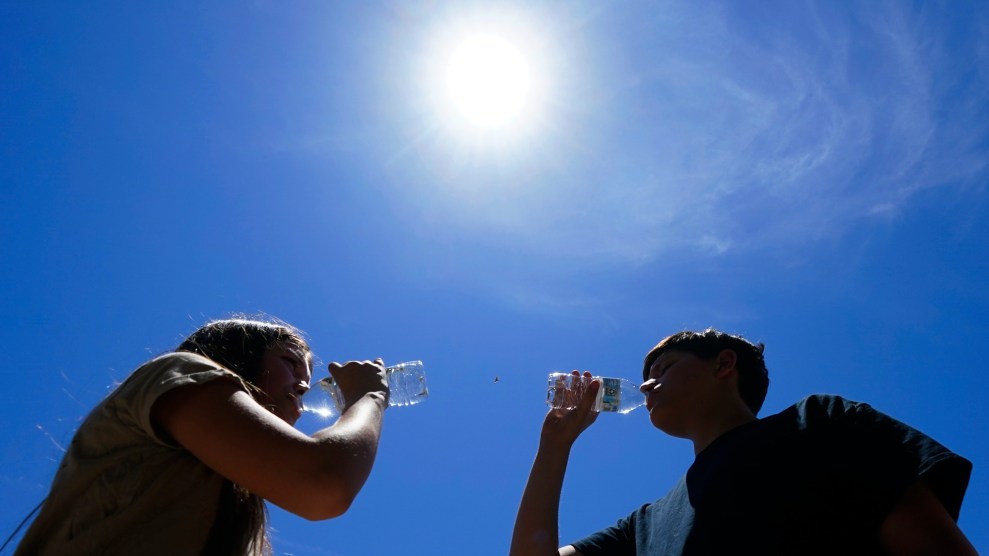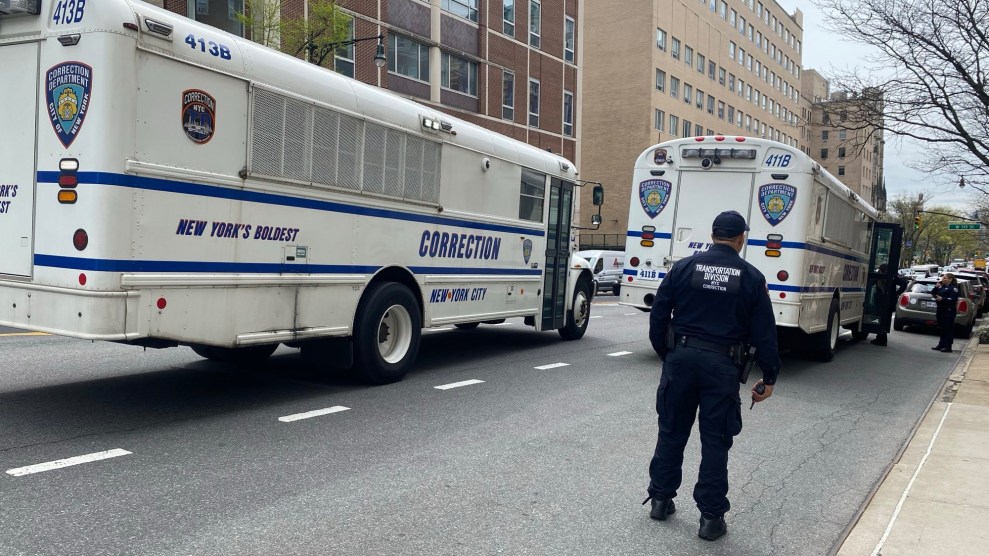It will cost up to $100 billion to repair and replace Army equipment damaged in Iraq and Afghanistan, according to the former head of Army Materiel Command. ??? As of last May, 59% of National Guard units had the minimum amount of equipment necessary for deployment, down from 87% two years earlier. ??? In the weeks before Hurricane Katrina, the Louisiana National Guard reported that it lacked about 350 essential items for hurricane response, including trucks, Humvees, and water trailers. ??? Almost two years into the war, only 30% of the nearly 20,000 Humvees in Iraq were fully armored. Another 24% had no armor at all. ??? A year later, the 3rd Infantry Division, which has taken most of the Army?s casualties, had less than 20% of the armored Humvees it needed. ??? A Defense Department study found that 80% of Marines killed by upper-body wounds in Iraq between 2003 and 2005 could have been saved if their vests had had $260 armor plates. ??? 18,000 military protective vests were recalled in November because they weren?t adequately bulletproof. ??? In a December poll, half of active-duty military disagreed that ?the civilian leadership in the Department of Defense has my best interests at heart.? ??? Late last year, President Bush sent the family of a soldier killed in a Humvee explosion a condolence letter with the typo ?God less you.?
